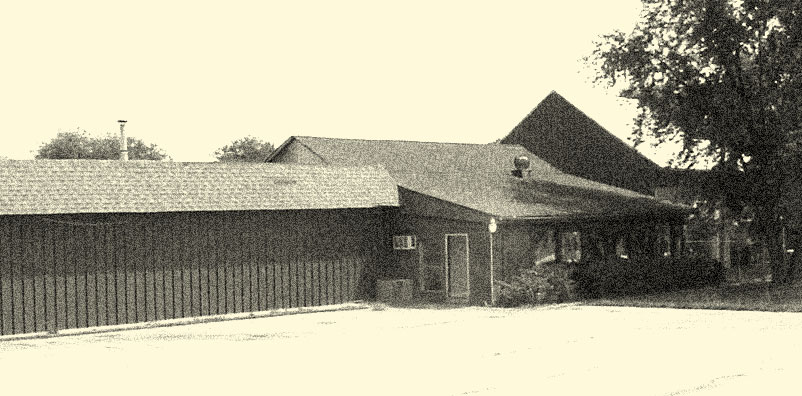History of the Classic Magnet

Where it all began: The original Ad Specialties facility in Union, MO
HISTORY OF THE CLASSIC MAGNET
Refrigerator magnets have long been used in the advertising specialty industry as give away items to promote companies, brands, and products. They also make great collectible and impulse purchase items for the souvenir, gift, and novelty industries. There are many types of refrigerator magnets on the market today but only one boasts the unique characteristics of being three-dimensional, flexible, and fully magnetic. This magnet is affectionately referred to by its manufacturer as the Classic Magnet.
Classic Magnets predate almost all refrigerator magnets found in the souvenir and advertising industries. They were invented by a pioneering inventor and mold-maker back in the late 1960's named Sam Hardcastle. Necessity is the mother of invention and in this case it was no different. Sam was approached by the Space Industry to develop magnetic numbers and letters to be used on large visual tracking charts.
Being a mold maker and an experienced injection molder, creating the individual shapes was not a problem for Sam. The challenge was to meet the requirement that the magnet had to be flexible, non-abrasive, and fully magnetic. They were not looking for plastic letters with magnets glued on the back.
This is when Sam came up with the idea to develop a molding compound that contained metal within the material itself. After consulting with several different material formulators in different parts of the country and extensive testing on the makeup and consistency of the material, the injection molded magnet was born.
With this invention Sam was able to meet the initial need of his customers in the Space Industry, but their demands did not stop there. Soon there was a need for different sized letters and numbers with varying colors. Initial attempts to add color to the formulation failed, so Sam solved this need by developing a process to spray the magnets with a paint that was formulated to be flexible. With this challenge resolved, he began exploring uses in other application such as advertising and collectible novelty magnets for household use.
To meet the needs of these new markets, Sam had to come up with a way to add words and logo designs to his magnets. To accomplish this, Sam developed a method of cutting intricate detail into his brass molds using a Pantograph machine. With the ability to make nearly any size or shaped magnet and add three-dimesional detailed lettering, words, and icons, Sam soon started his own promotional magnet business called Ad Specialties. With this new venture he proceeded to make millions of magnets for companies wanting a unique premium item to advertise their products and services.
A turning point in the evolution of new markets for the molded refrigerator magnets was the idea to make magnets in the shape of all fifty states to sell in the souvenir industry. These unique magnets, featuring the state name, capital, and important icons from each state, were very popular with traveling consumers who immediately began to collect them. Millions more of Sam's unique magnets were produced and eventually adorned the refrigerators of travelers from all across America.
The increasing popularity of the advertising magnets that Sam was making along with the boom of business created in the souvenir market spawned several competitors and the molded magnet industry grew by leaps and bounds. By the early 1990's several companies in the area were producing countless millions of souvenir and advertising magnets each year. Soon importers began to produce a version of the molded magnet in China and flooded the market with low cost knock-offs. This import pricing pressure along with increasing labor costs, the advent of low cost printed flat magnets in the advertising industry, and changing tastes of consumers in the souvenir market caused all but one of these companies to either phase out their production of molded magnets or go out of business completely.
The last molded magnet maker standing is a company called Ideaman, Incorporated which was formed in 1992. The key to their survival has been their focus on the souvenir market and their commitment to quality and creative design. They also successfully revolutionized the color application process using intricate hot-stamping dies allowing them to efficiently and cost effecitvely offer larger and more colorful magnets to their customers.

Sam Hardcastle, inventor of the Classic Magnet, with Ted Swoboda, owner of Ideaman, Inc.
Ideaman began referring to their molded refrigerator magnets as Classic Magnets in the late 1990's in an effort to distinguish them from the imported knock-offs but also to exploit their place in the world as the original souvenir and collectible magnet. With recent consumer trends towards products that are manufactured in America and products that are nostalgic, Classic Magnets are having a big resurgence. The unqiue nature of the product, including its flexibility in both physical characteristics and its ability to be made in any size or shape, its timeless durability in the market, and its lasting popularity with consumers is a fitting tribute to the pioneering man who invented them - Sam Hardcastle.
